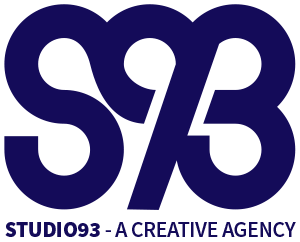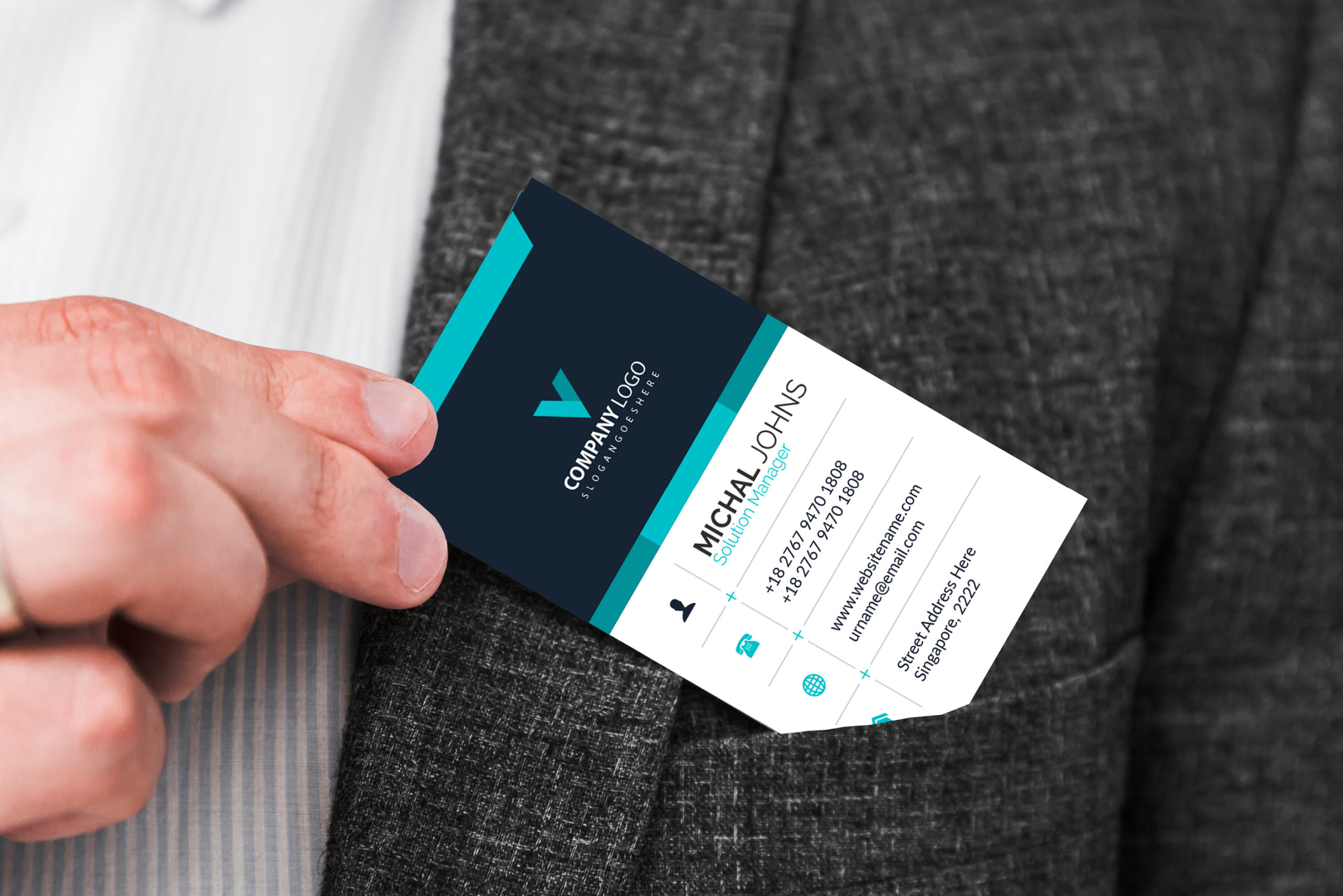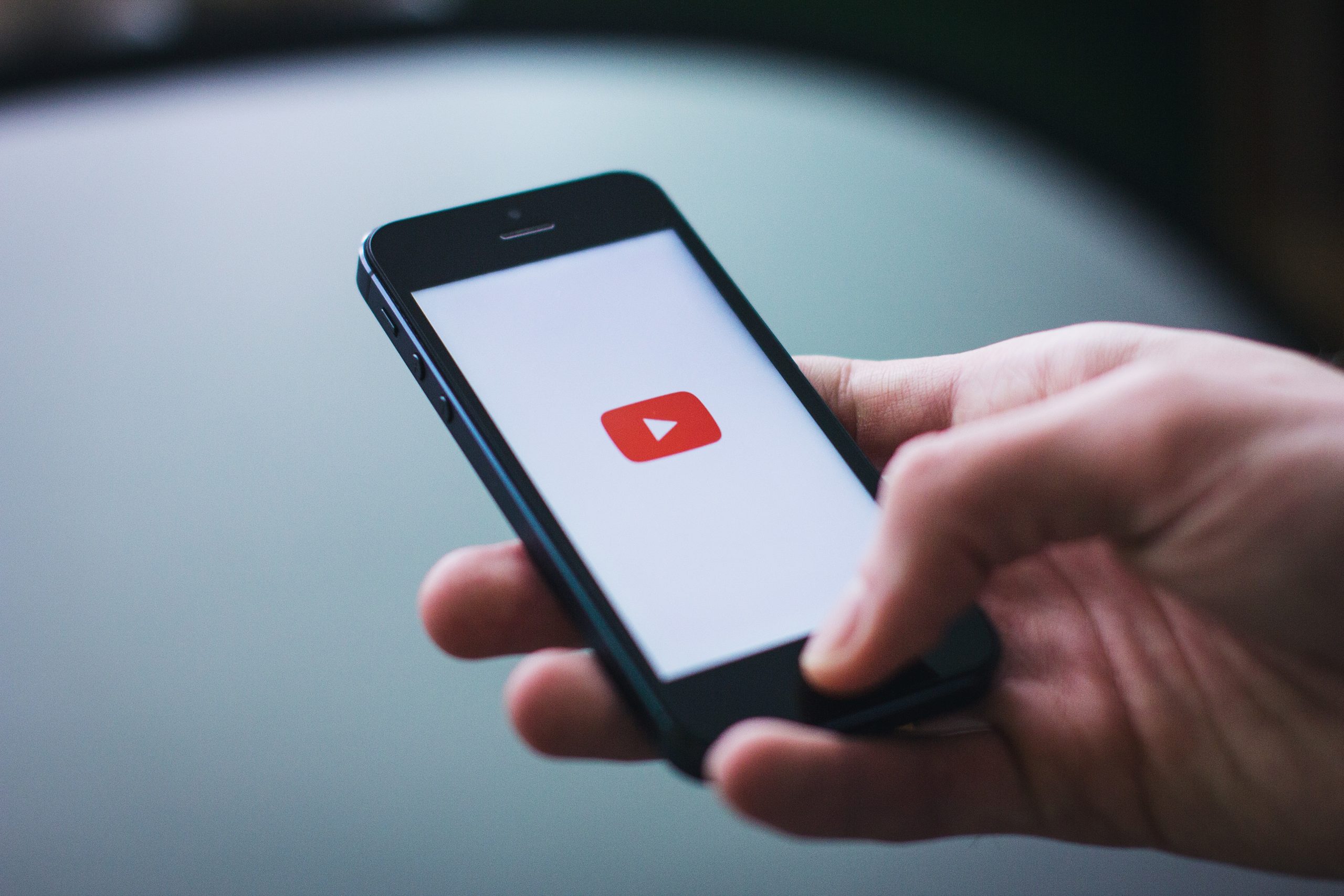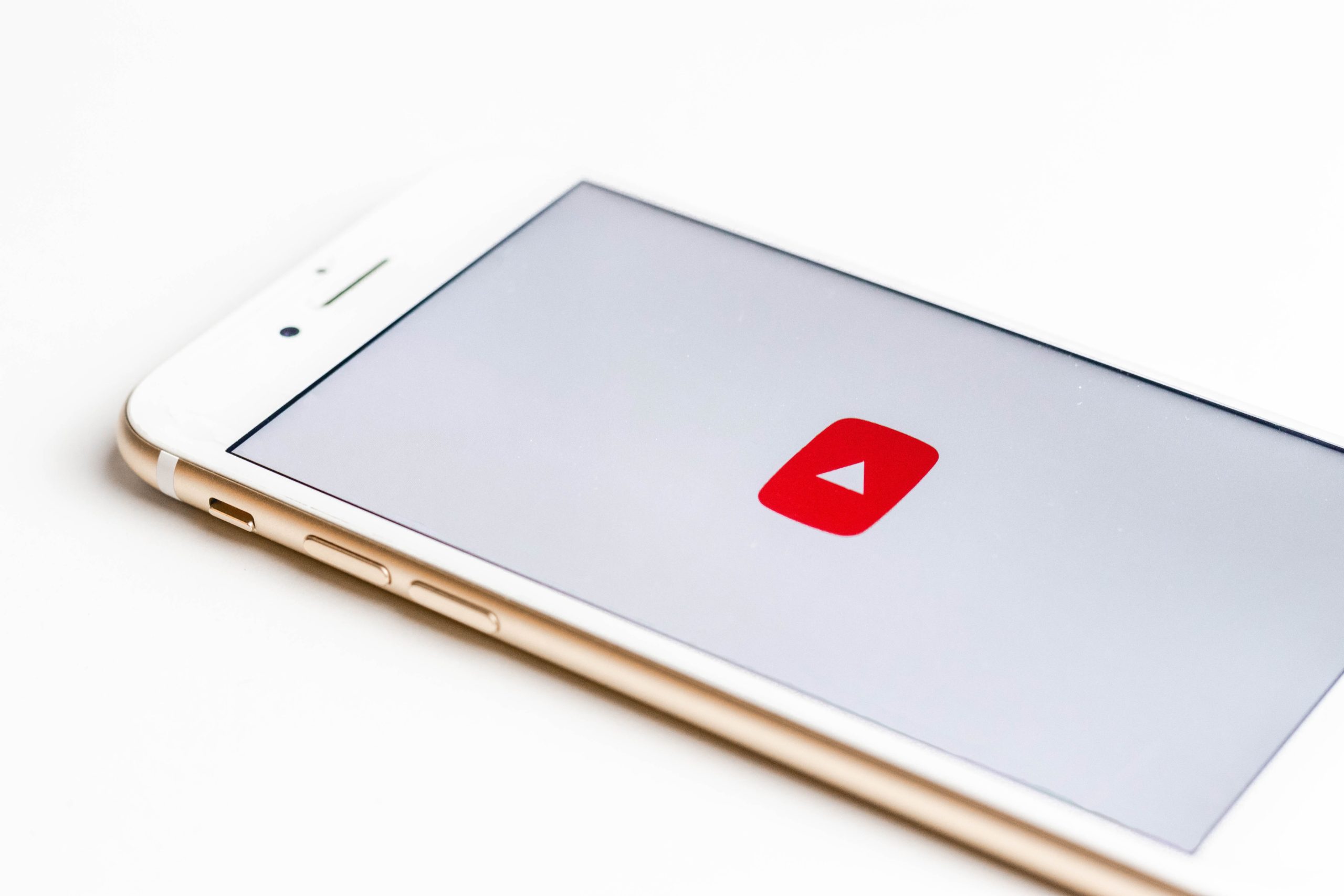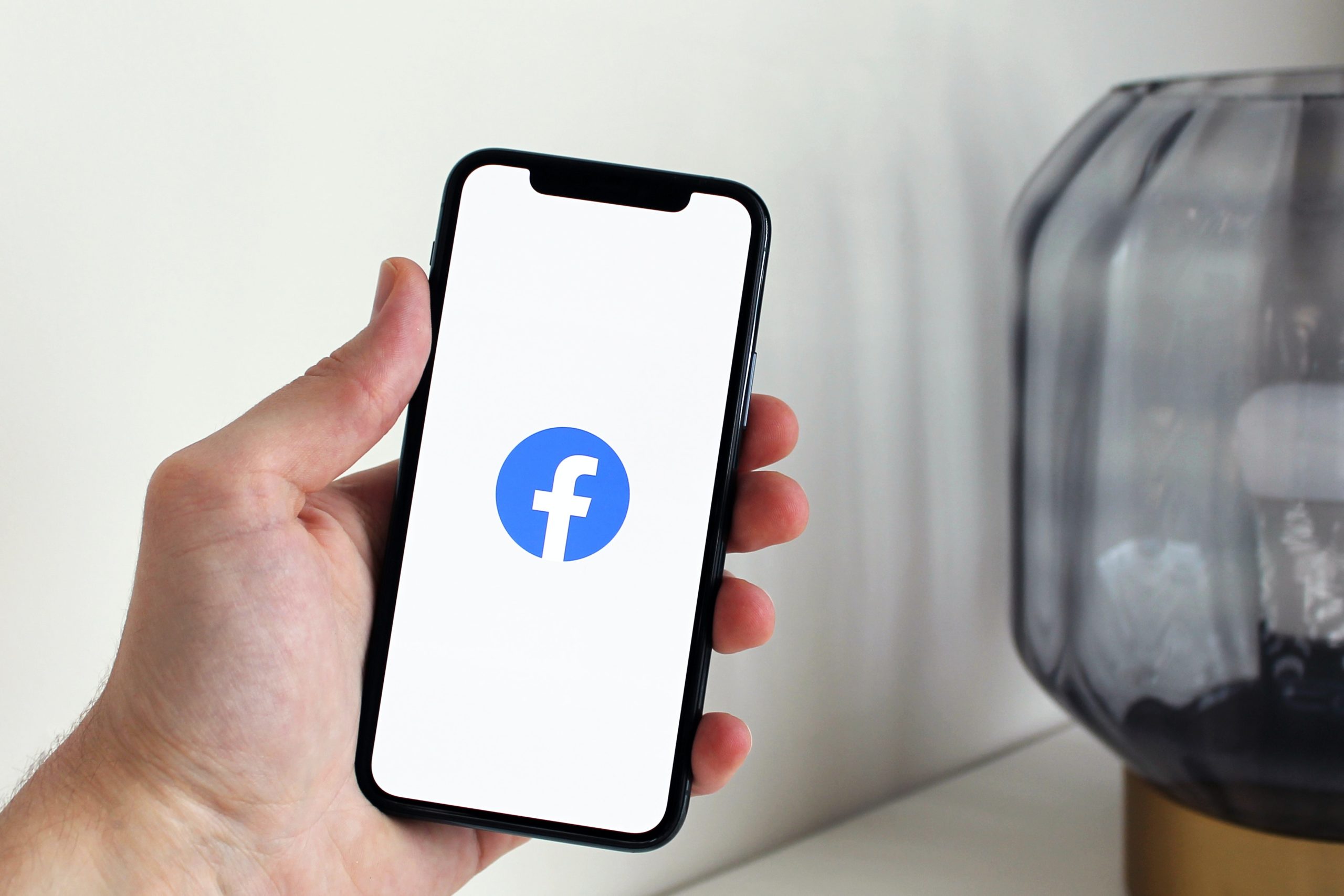It could be assumed that business cards are no longer valid. After all in today’s business world isn’t everything online? And the answer is no, we don’t live online. So, if you meet a potential client of customer face-to-face and they ask you for your contact information. What do you do?
A business card is basically a ‘contact me’ card, which is given to potential clients, and customers. By standard design, they fit in your wallet. It feels good to hand your card to a client. It speaks of professionalism and credibility. So, to answer the question ‘who really needs one?’ everyone who wishes clients to contact them. It simply looks professional if you can hand your contact details to a customer or client on a business card rather than writing them down.
So, now you know you need a business card, I think it’s worth thinking about what you should and should not have on it and how it looks.
Of course, there are endless types of business cards and you can get caught up in pretty layout outs but business cards are linked to your branding and should represent your core values. This includes the sizes, folded or not, colours, layout and so on. With the help of a graphic designer, you are guided on what works for your current branding and budget.
What to include on Your Business Card
Logo & Name of Your Business
Your logo, name of your business & tagline (if you have one) should appear on all your marketing tools, be it your business cards, banners, posters, flyers, brochures, letterheads, websites. You will never see Coca-Cola not use their brand elements on promotional material. It’s used placed all their advertising and promotional materials.
Your Name & Title
A title is something a potential client uses to recognise who you are in your business. A title falls into one of three categories:
- No title (you are your business)
- Organisational Role: CEO, President, and Creative Director
OR
- Functional Role: Sales Rep, Sales & Marketing Manager, Graphic designer
Contact Information
This is the crucial part. If it isn’t there, how do clients contact you?
Contact information has changed from traditional means since the emergence of the Internet & social media. Once you just had to have a telephone number, fax number and an address on your business card. (Fax of course isn’t used all that much today as it is replaced by emails and apps that can scan documents which then can be emailed.)
Generally, the 2 standard points of contact on a business card are:
- Phone number – landline or mobile or both
- Email address (never more than one)
Social Media Contact Info
In saying this, potential customers like an online option to contact you. Customers like to check out your social media profile before they contact you directly on the phone or by appointment.
Just to make a note here, I know you might be on a lot of social media sites, Google+, Facebook, Twitter, LinkedIn, Pinterest, Instagram, Flicker, and so on but maybe not include them all on your business card. It’s best to best the top 2 or 3 you use frequently.
Physical Location
Do I include my address or not? This depends on the type of business you are running. If your business is run solely online then you won’t have a physical address to include.
If you do have a physical location a customer can interact with, well then I would be saying yes. It promotes legitimacy and there’s a sense of assurance for customers when they can meet you directly.
Website
I strongly recommend that every business big or small have a web presence. It is the online version of your business and it works for you 24/7 365 days of the year. So, yes your business card should definitely have your website address.
What do I have to do?
I know you can have a 2-sided business card but I ask you to curb your impulse to put everything you do on it. Trust me if your card is designed well and encapsulates your core values customers, customers will want to find out more of what you do.
Remember a business card is basically a contact card for your customer to keep in their wallet. A business card should be professional and customised to your business while incorporating your brand elements (logo, tagline, fonts and colours).
Let’s update that out of date business card of yours. Contact Us today to design the professional business card that reflects your business.
